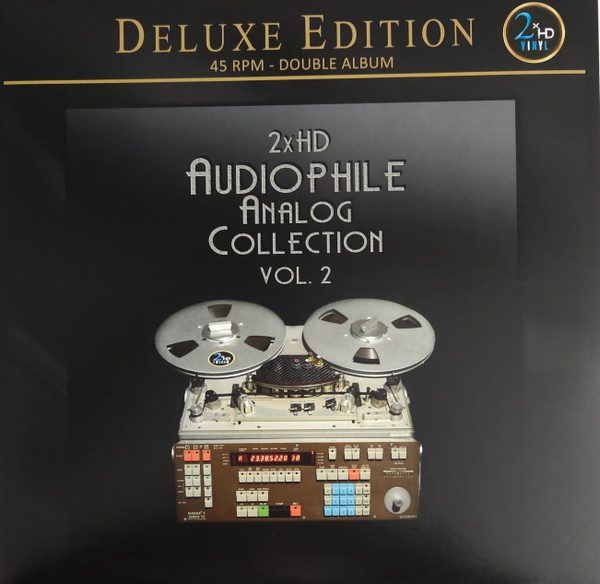
Audiophile Analog Collection Vol.2
2xHD – 2XHDFT-V1167, (2023, Dec.)
Ratings:
Global Appreciation: 9.8
– Music: A-
– Recording + Mastering: 10
– Lacquer Cutting: 10
– Plating + Pressing: 9.8
– Packaging: standard gatefold
Category: medieval, renaissance, classical, blues, jazz, gypsy swing aka jazz manouche, nuevo tango, contemporary, worldbeat, easy listening, new age.
Format: Vinyl (2×200 gram LPs at 45 rpm).
If you’re of a certain age, you might remember the waves of audiophile records that came ashore in the 1970s and 1980s flooding the hifi stores in order to demonstrate and hopefully sell hi-fi. They were generally well recorded, some more than others, but let’s admit it, more often than not, they were musically… ahhh, how shall I phrase it… boring! Being small and independent, labels couldn’t compete with the big guns who owned the top artists, and had to rely on studio musicians or older artists often past their prime—think Sheffield Lab, American Gramaphone, Opus 3, and Proprius.
Those of us even older may recall the numerous K-tel compilation LPs promoted on Tee Vee, which, contrary to the aforementioned audiophile records, featured great toe-tapping Top 40 hits but sounded really anemic in the bass, and just plain… CRAP!
Which brings me to the recording that is the subject of this review, Fidelio Technologies’ Audiophile Analog Collection Vol.2. Not only is this double-LP compilation outstanding in sound, it is also excellent musically and performance-wise—surprisingly so, perhaps, given the poor history of audiophile-oriented releases.
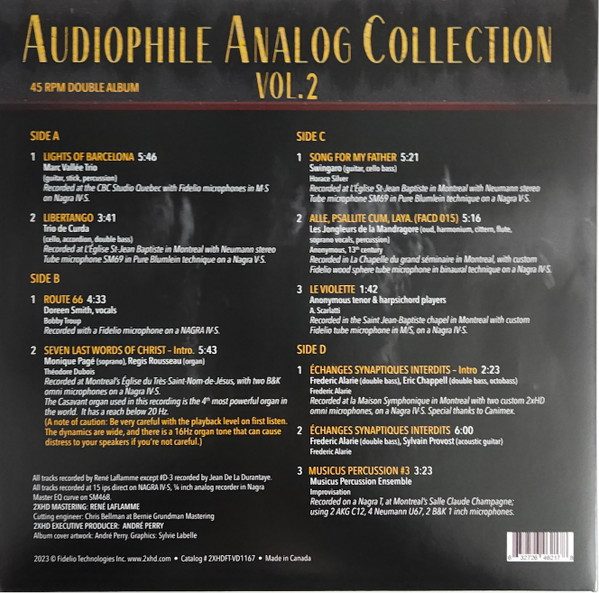
Comprising ten tracks, totalling approximately 43 minutes, this “deluxe edition”, cut at 45 rpm by Chris Bellman at Bernie Grundman Mastering, supersedes the original release of 2020 cut at 33 1/3 rpm by Matthew Lutthans at The Mastering Lab. This time, as an added bonus due to the superior cutting speed, we get two extra tracks originally omitted.
Produced and engineered by René Laflamme, Audiophile Analog Collection Vol.2 is part of 2xHD’s ever-growing pure analogue catalogue.

Now, full disclosure: I’ve known René since the ’90s when he was working as an audio consultant/salesman at a popular hi-fi boutique. He gave me a sealed copy of Audiophile Analog Collection Vol.2 at this year’s Montréal Audiofest, an audio show held annually at Hotel Bonaventure, where he was presenting his master tapes. That said, it was understood from the start that he was not to expect any automatic record review out of it.
And although I’ve evaluated two of his previous releases in the past—see http://soundevaluations.blogspot.com/2014/03/buzz-brass-melanie-barney-organ-holst.html as well as http://soundevaluations.blogspot.com/2016/12/june-in-fields_14.html—and found the former fantastic, I’ve also, at times, felt underwhelmed by some of René’s earlier releases, so he knows it’s not a given that I’ll be enamoured by something he’s made.

Still, those who know René know that the soft-spoken audio-show stalwart is a perfectionist, especially when it comes to sound quality. Not only is he co-owner of 2xHD and owner of high-fidelity record label Fidelio Music, he is also Nagra’s North American Sales Manager. His affiliation with the latter puts him in the unique position of having access to top-of-the-line recording gear, such as Nagra’s battery-powered IV-S portable tape recorder, which serves as his main ‘reel-to-reel’ session deck. Know that he has four of these machines for tape dubbing purposes.
Nagra’s “bulkier” T-Audio recorder, pictured on the album’s front cover, serves as René’s preferred playback deck.
René’s T-Audio was retrofitted with the tube circuitry of a Doshi Audio Evolution tape preamplifier to replace the unit’s stock solid state one. In addition, throughout the years, René has built an enviable collection of many of the most sought-after microphones out there, including pairs of B&K, Neumann U67, Telefunken 251, AKG C12, and a single stereo Neumann SM69, as well as his custom-designed Fidelio RL mics.
René also possesses 5-band, tubed Pultec and DW Fearn point-to-point wired EQs to sweeten his masters when need be.
The music selection on this compilation covers a wide range of periods and styles, including medieval, renaissance, classical, blues, jazz, gypsy swing (aka jazz manouche), nuevo tango, contemporary, worldbeat, easy listening, and new age. Several different recording techniques were also employed in at least six different venues around Montreal, Québec. Some of these are churches and chapels, which, with their naturally semi-reverberant acoustics, turned out to be, soundwise, heavenly choices (hehe). Of course, choosing venues is just the beginning—more crucially for sound quality is knowing precisely where and how to place the microphones to achieve the best combination between ‘direct’ and ‘reflected’ sound, or, if you prefer, ‘intimate’ and ‘ambient’ presentations. Clearly, that balance was achieved masterfully here, where every track, although quite different from the other, sounds ideally portrayed for its particular arrangements, locale, and performance.
I like that Chris Bellman not only left a good inch or so of ‘dead wax’ lead-out groove, but that he also left a touch more lead-in groove than what is typically the case before the music starts, providing the benefit of giving the listener more time after the needle is dropped to get to the couch. Throughout the album is a natural warmth to the presentation that reassured my ears and led my conscience into an inner calm. The timbres, dynamic range, and soundstage are all very realistic-sounding.
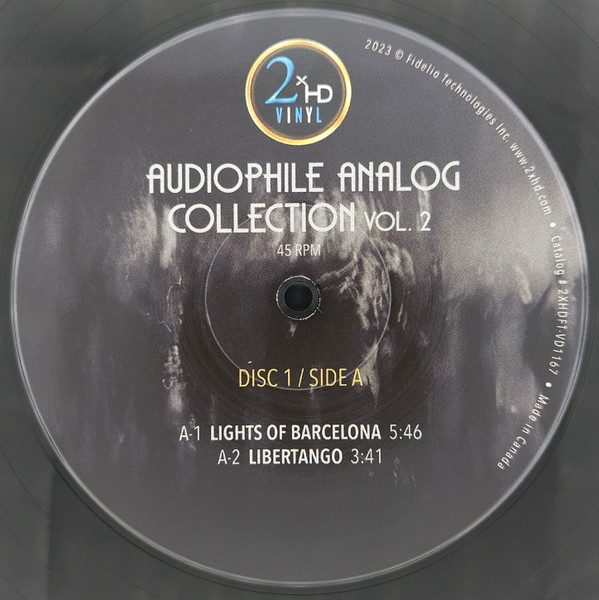
Starting our cultural time travel, on Disc 1, is “Lights of Barcelona” by the Marc Vallée Trio. Don’t be fooled by its new-agey worldbeat guitar-percussion vibe for it’s the sole audiophile-style track on this collection before gears are switched and things are spiced up with a reprise by the Trio de Curda of Astor Piazzolla’s most famous work, “Libertango”. Hearing it reminded me to revisit my two Gotan Project albums.

Opening side B, Canadian jazz singer Doreen Smith renders a splendid bluesy take on the Bobby Troup standard “Route 66”, where she is perfectly captured front and center in the soundstage with her voice exhibiting zero trace of sibilance—a rare feat; on many recordings of this song sung by women, the words “sixty-six” tend to sound smeared. The brass instruments are located farther back, behind Doreen’s voice, giving us glimpses of the recording venue’s size and structure.
Soprano Monique Pagé, accompanied by organist Régis Rousseau, delivers a more sombre mood on the intro of “Seven Last Words of Christ”. The tonal balance is spot on and truly full range, reaching down to 16 Hz as produced by the lowest pedal note of the Casavant organ in Montreal’s Église du Très-Saint-Nom-de-Jésus.
The Casavant organ in Montreal’s Église du Très-Saint-Nom-de-Jésus
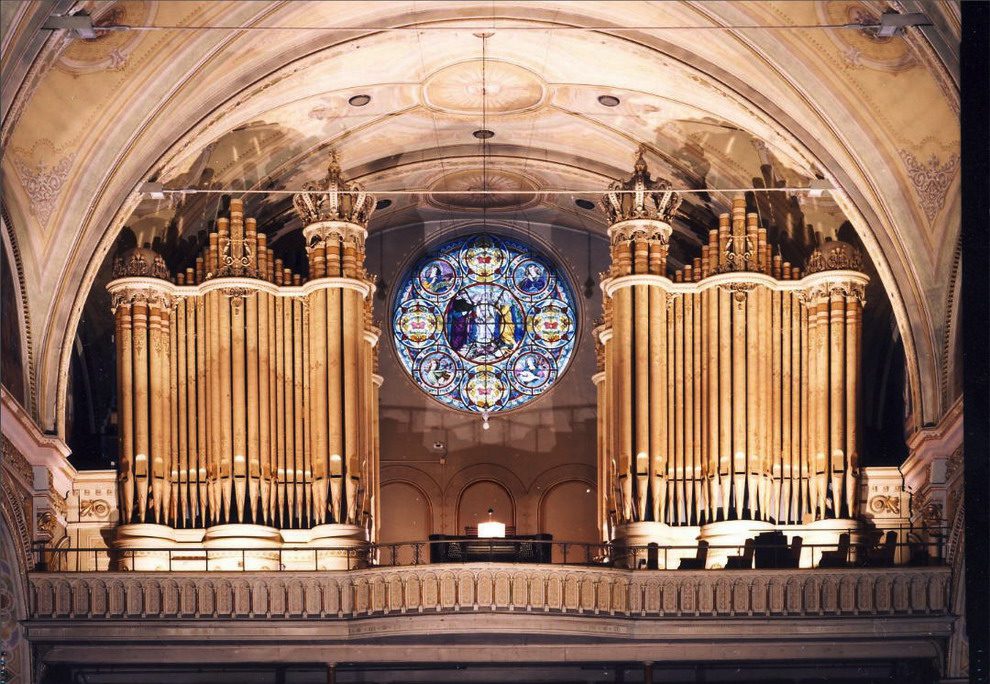
You can feel the air resonating through the organ pipes. Inscribed on the back cover of the album, there is even “a note of caution to be very careful with the playback level… that can cause distress to your speakers if you’re not careful“. Thankfully, my speakers could handle it. The only distress I felt was a very slight physical discomfort due to the impressive intensity of the low frequency pressure, yet it didn’t seem overblown. I’m not exaggerating when I say that if you have the appropriate audio gear, there’s a good chance you’ll be awestruck by the power of the bass cut in those record grooves. This makes for a great challenging demo-track to evaluate systems, in particular cartridge tracking, woofer enclosures, subwoofers, and room resonances. What is also impressive and as important but rarely heard is the articulation of this powerful full scale bass. Oftentimes, a bass-heavy track featured on an album will end up sounding muddied because there is insufficient top end overtones and air to counterbalance the weight and maintain fine-note definition. I must admit that, among my vast vinyl collection, I have never heard better low bass articulation coupled with such natural air ambiance than on this record!
At the other end of the spectrum, there is a delicacy to the treble; it is breathy, refined, divine. The Swingaro Trio honours Horace Silver’s “Song for My Father”—a Blue Note favourite—, featured here in manouche-style, where the agile sting plucks are supple and expressive.
Finally, on the intro of “Échanges Synaptiques Interdits”, double bassist Frédéric Alarie joins the Orchestre symphonique de Montréal’s Eric Chappell on the extremely rare octobass which, as the name alludes to, plays one full octave lower than a double bass. In other words, while a double bass’s low end can extend to 41.2 Hz, the octobass’s can reach as low as 20.6 Hz. First built around 1850, the octobass’s height is an impressive 11.5 feet, and the Montreal Symphony Orchestra is privileged to be the only orchestra in the world to possess one!
René sourced the “2xHD mastering” from his original analogue session tapes before assembling the new all-analogue master tape and sending it to Bernie Grundman Mastering in Hollywood, where the lacquers were cut. These were then sent to Symcon in North Carolina for the normal 3-step plating procedure, after which the stampers were returned to Canada to the Le Vinylist pressing plant in Québec City.
Being the ‘new kid on the block’ in the vinyl manufacturing business, Le Vinylist has the advantage of benefiting from the latest improvements in record presses, such as automated temperature control during pressing, and being able to yield a very low noise floor in the recording and a more uniform vinyl sound throughout the typical press run of 1000 records or so per stamper. I was told that Fidelio limits the run to 500 records per stamper. I can confirm that all four sides of my copy were near-perfect—shiny, flat, well-centered, and very silent, to the extent it was easier to perceive the tape’s natural low level hiss when the music was in the ppp dynamic markings. The only visual blemish were surface swirls strictly on side-A that did not affect playback quality, and which I’m speculating was due to the stamper or silvering residue. The LPs were well protected by the anti-static black poly-paper inner sleeves, which gave them a more elegant look compared to the standard plain white sleeve.
Like the rest of the Fidelio catalogue, the cover presentation is mostly monochrome printed on non-laminated standard stock cardboard with the tracks and credits listed on the back.
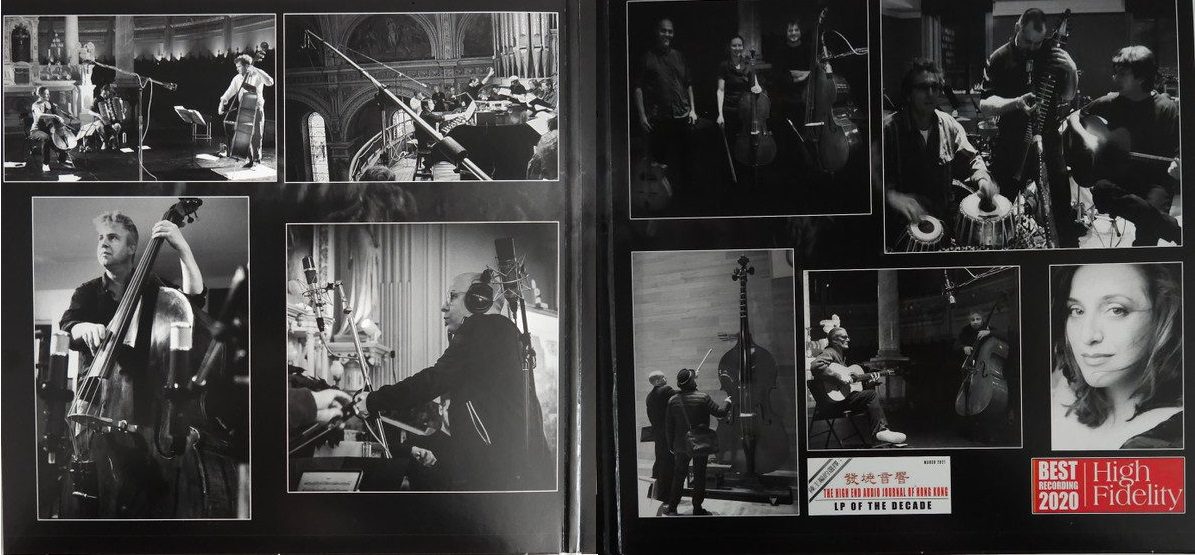
Inside the gatefold, we get nine nice B&W session photos of the musicians and recording gear on location. We’re also treated to a full-size folded pamphlet that provides additional info on the music selections, plus a photo of the 2xHD Mastering Lab reference equipment.
I am generally not a fan of “audiophile records”, nor of “Best of” or “compilation” albums whatever the genre, but Audiophile Analog Collection Vol.2 succeeds in showcasing some of Québec’s finest musical talent in some of the best sound possible. Having heard it, I’m not surprised that Fidelio records have, over the years, garnered numerous Best Sound awards worldwide. I will now join the ranks of admirers by officially bestowing the “Best of” title to this album, not only for Best Sound, but also for best combination of demo-quality sound and great music. Kudos, in spades!
Musicians:
- Marc Vallée Trio – guitar, percussion
- Trio de Curda – cello, accordian, double bass
- Doreen Smith – vocals
- Régis Rousseau – organ
- Monique Pagé – soprano vocals
- Swingaro – guitar, cello, double bass
- Les Jongleurs de la Mandragore – oud, harmonium, cittern, flute, soprano vocals, percussion
- Anonymous tenor and harpsichord players – harpsichord
- Frédéric Alarie – double bass
- Eric Chappell – double bass, octobass
- Sylvain Provost – acoustic guitar
- Musicus Percussion Ensemble – percussion
Additional credits:
- All tracks recorded by René Laflamme except #D-3 recorded by Jean de la Durantaye
- 2xHD mastering – René Laflamme
- Cutting engineer – Chris Bellman at Bernie Grundman Mastering
- Plating at Symcon Inc., North Carolina
- Pressed at Le Vinylist, Québec
- Album cover artwork – André Perry
- Graphics – Sylvie Labelle
____________________
For more from Claude Lemaire visit…
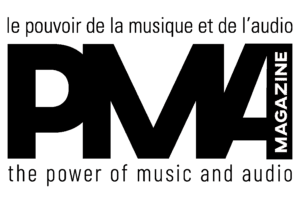
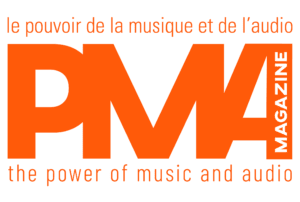
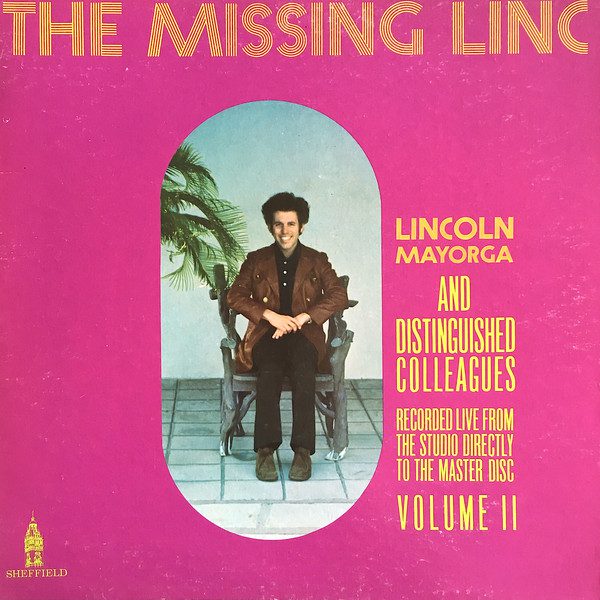
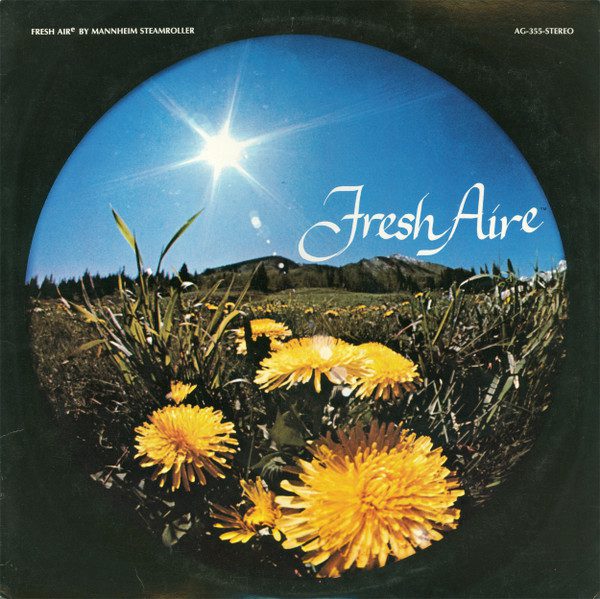





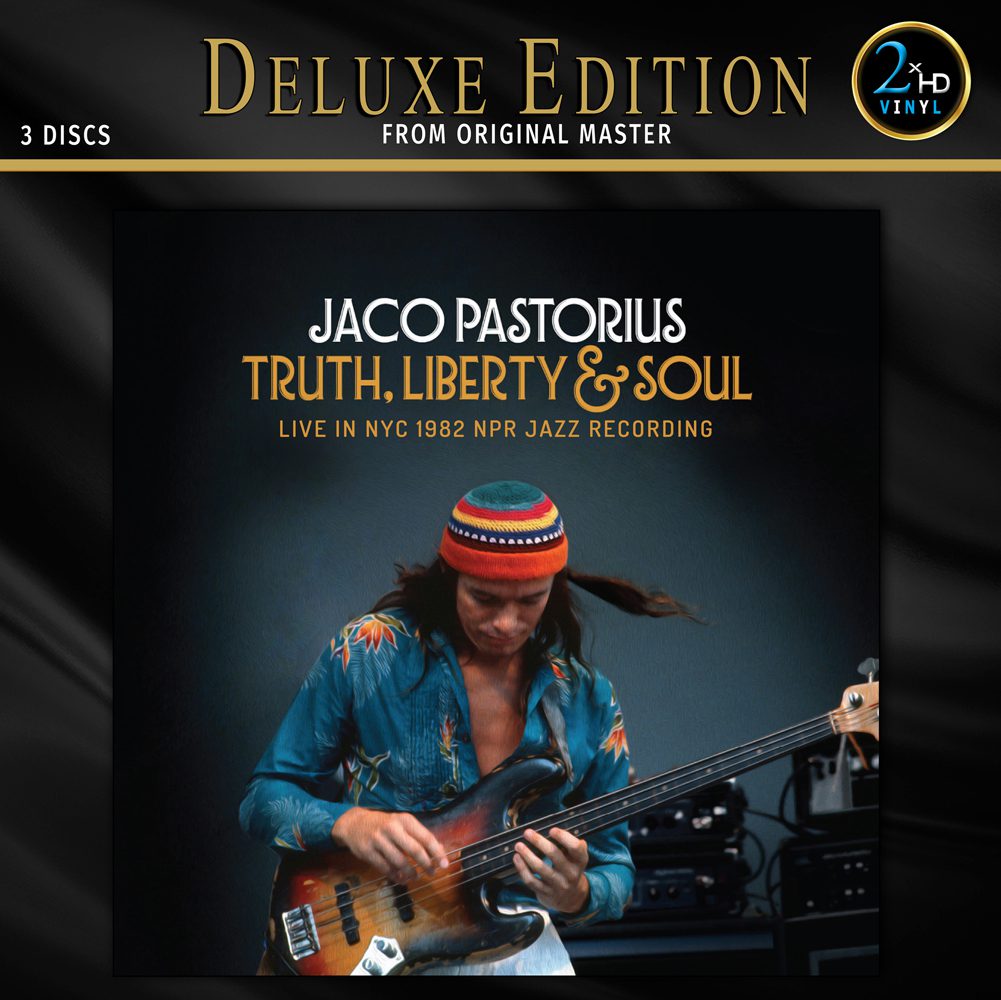


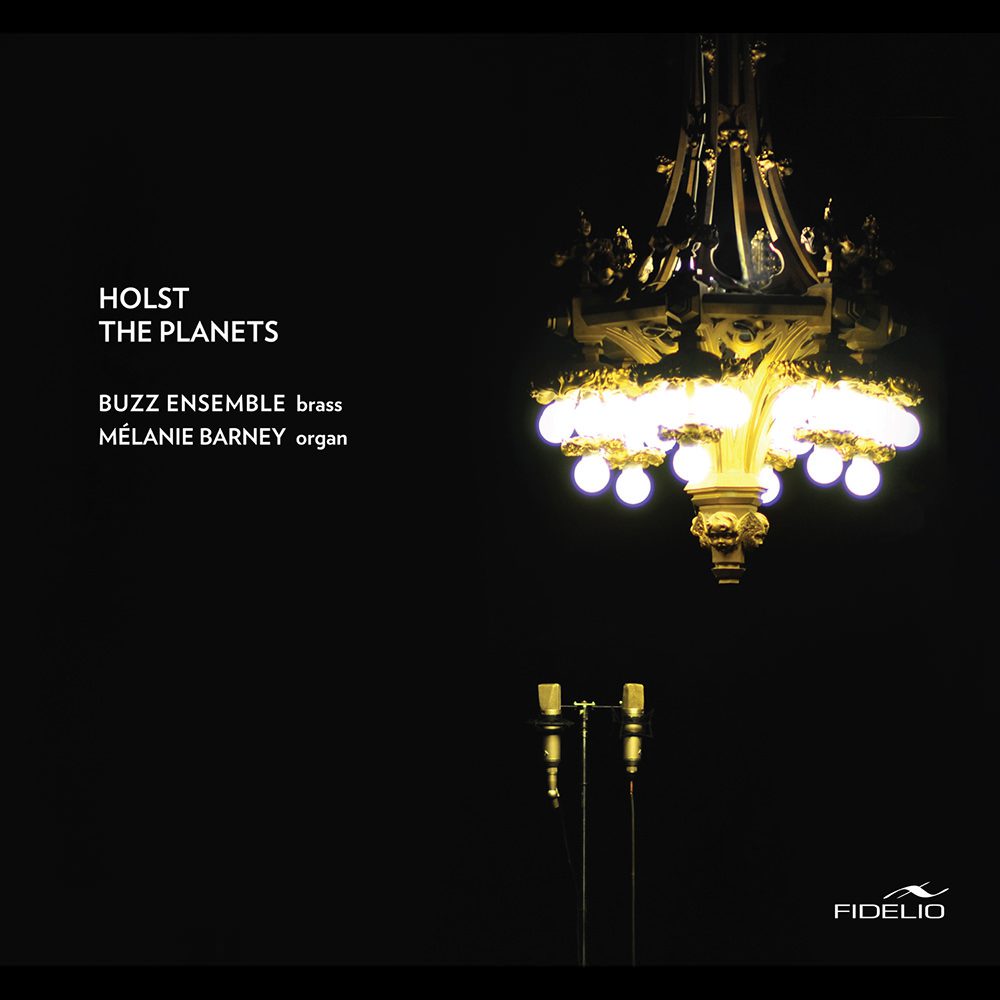


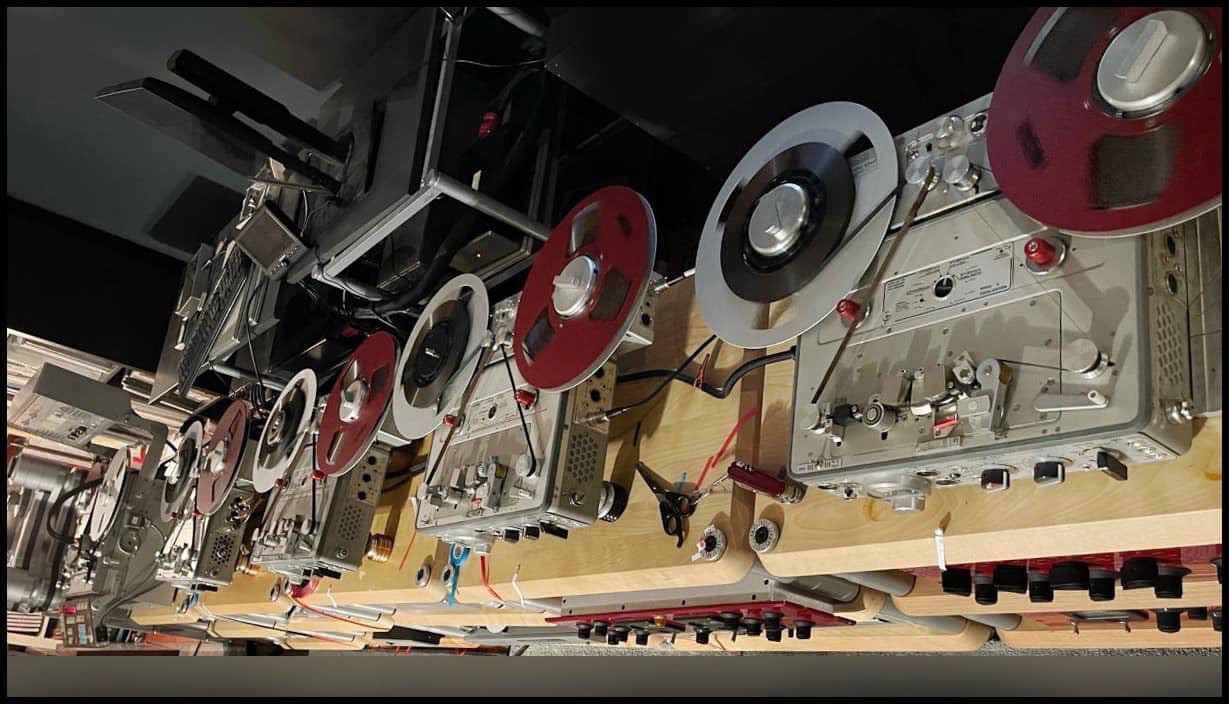



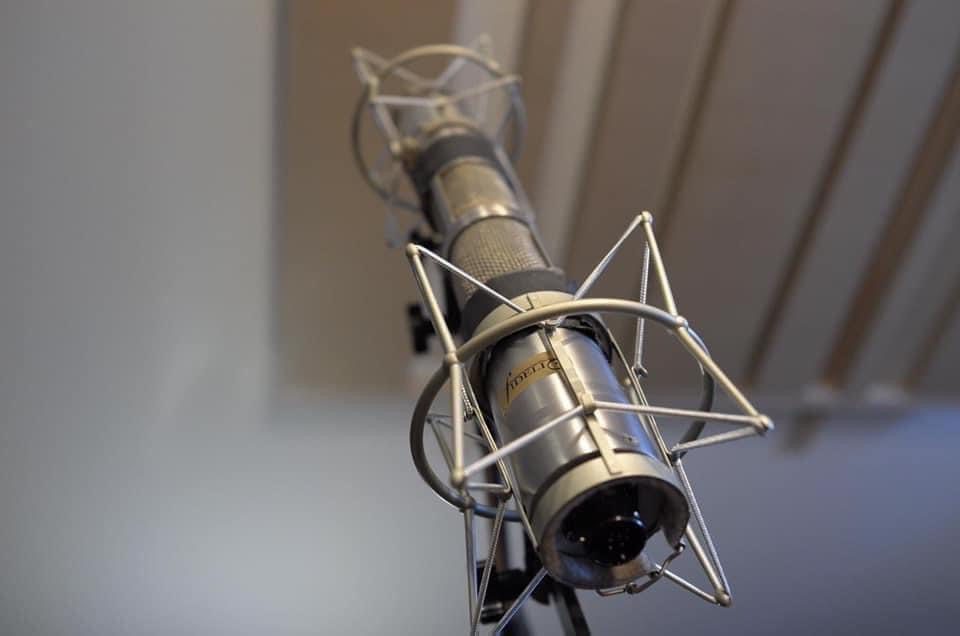
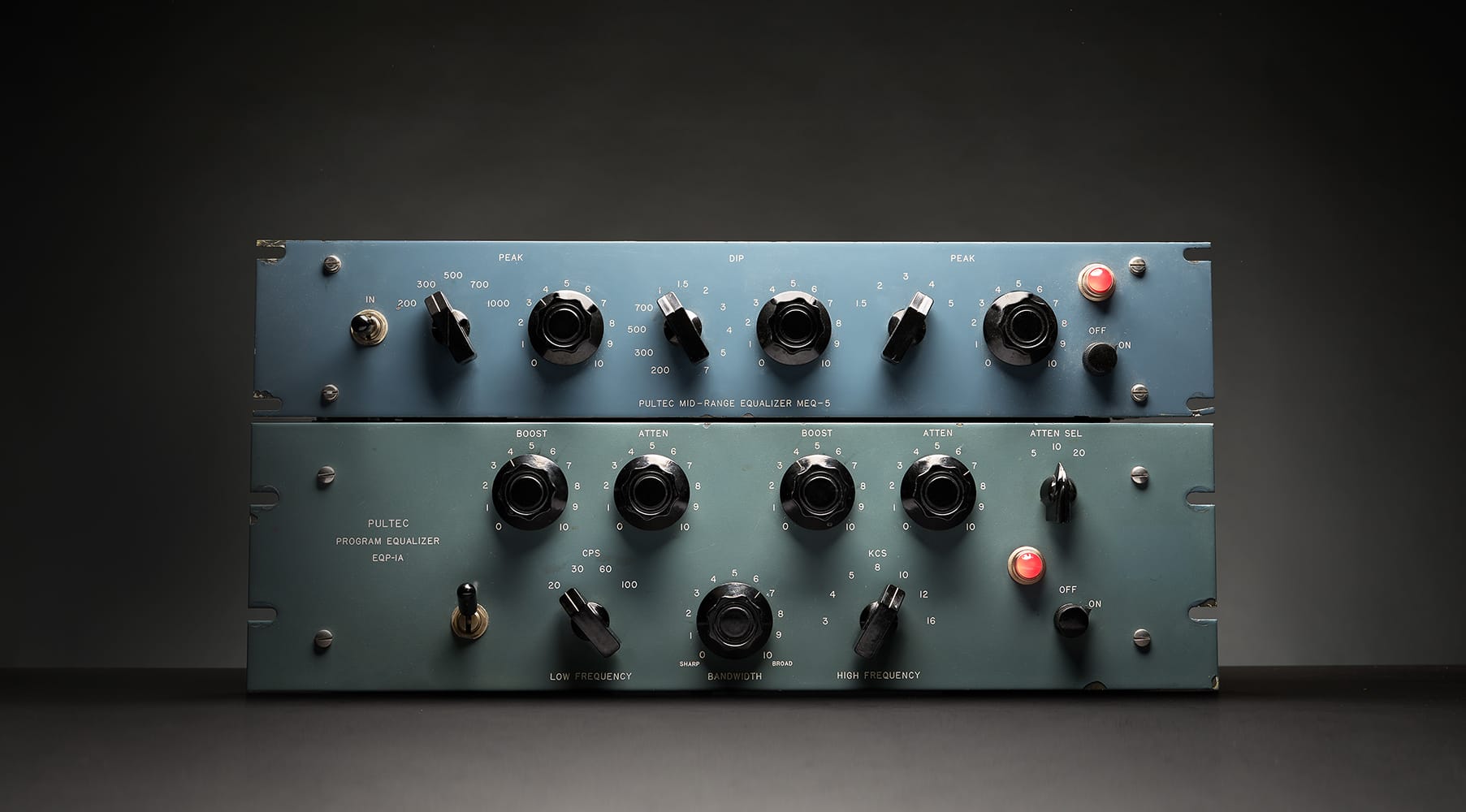

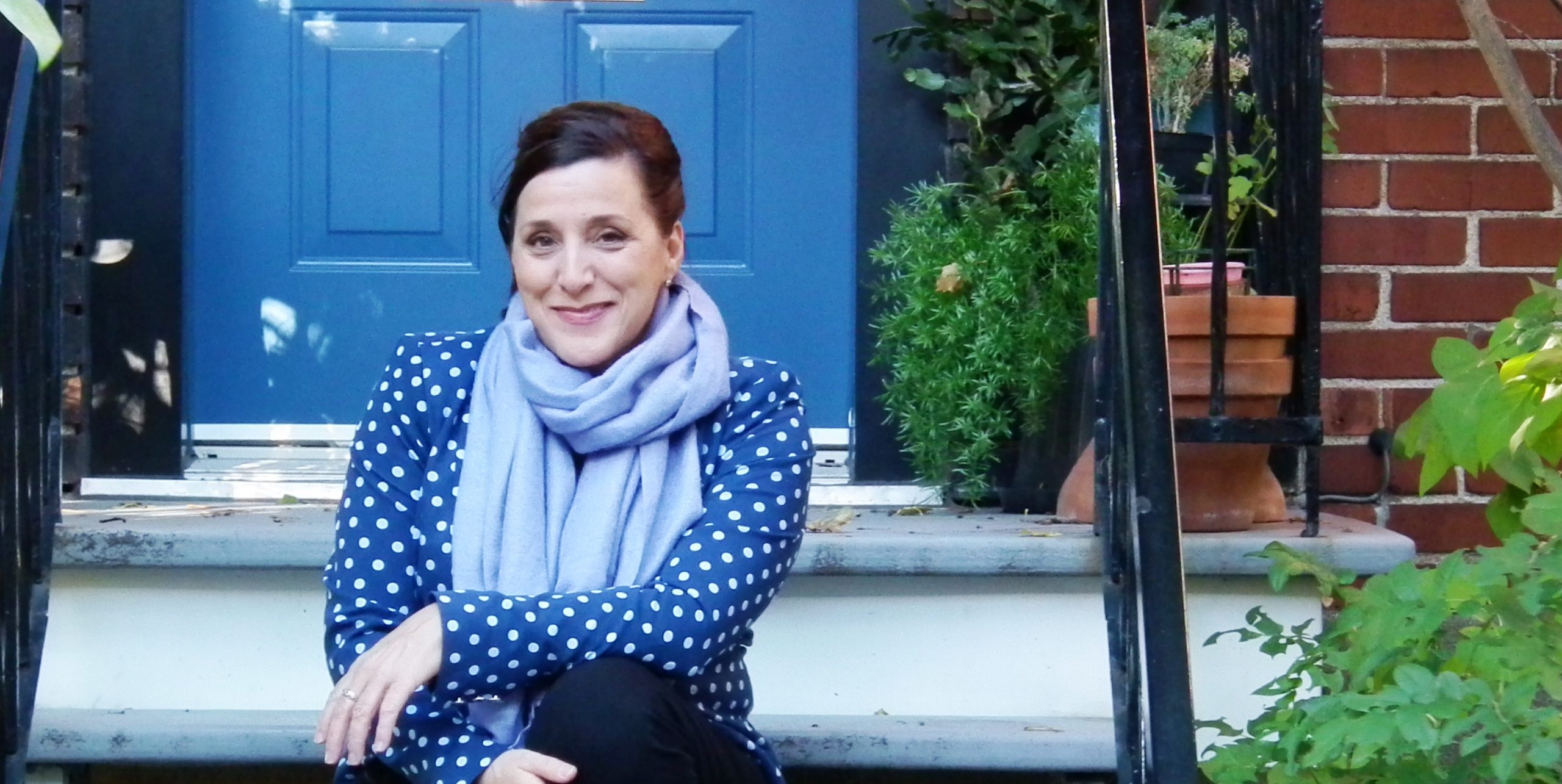
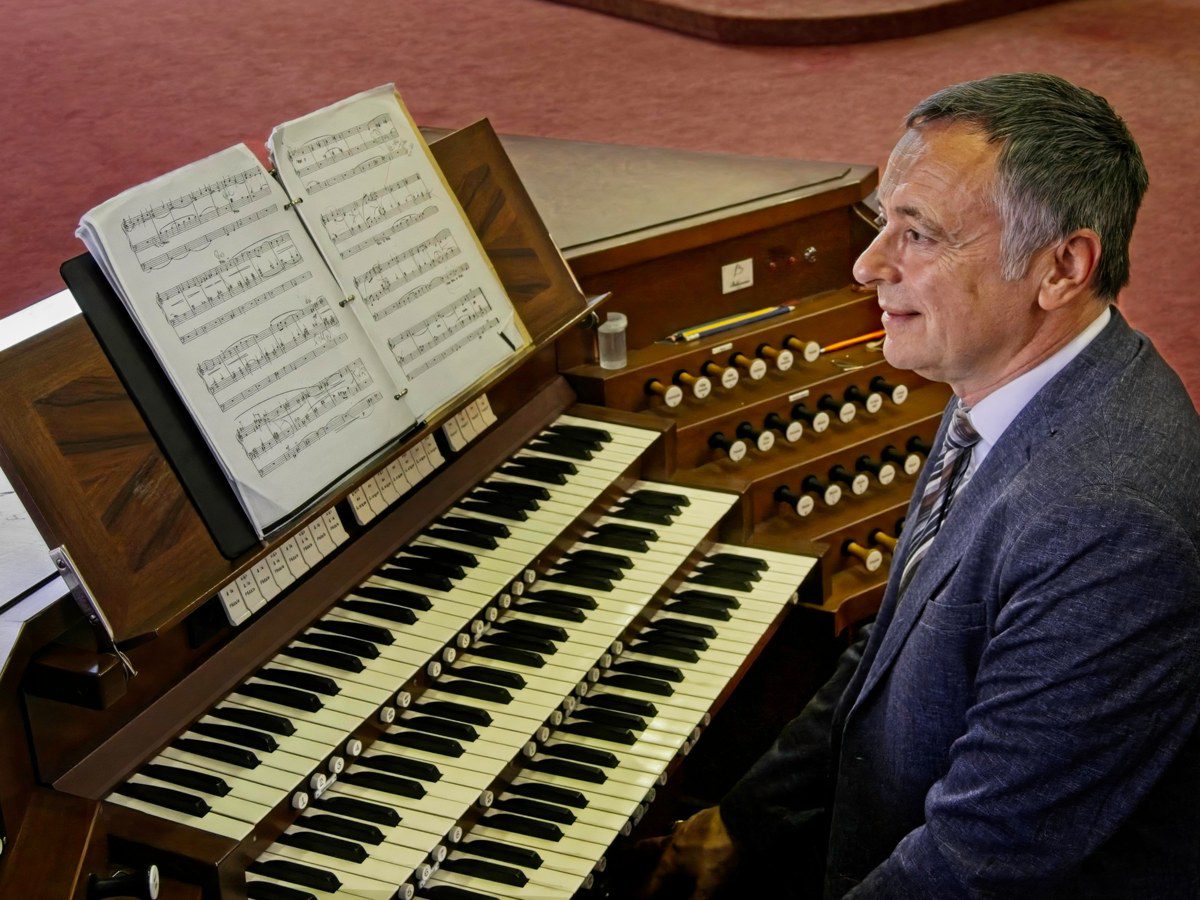




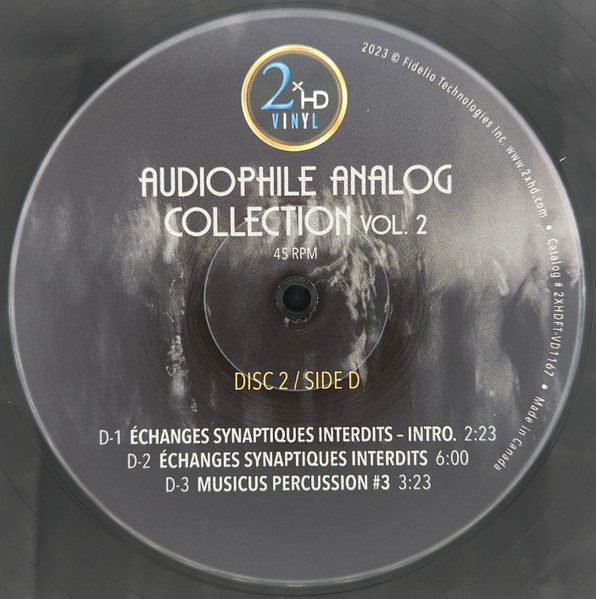






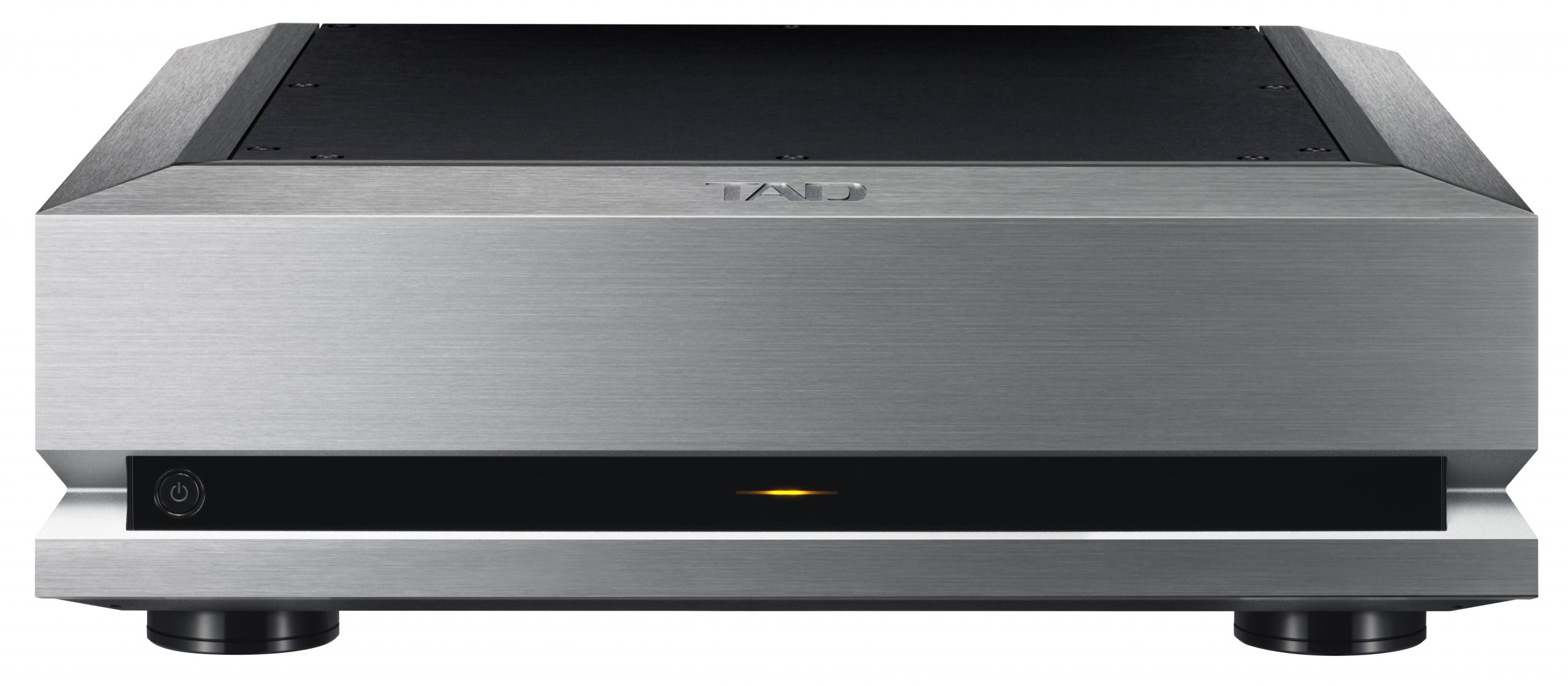

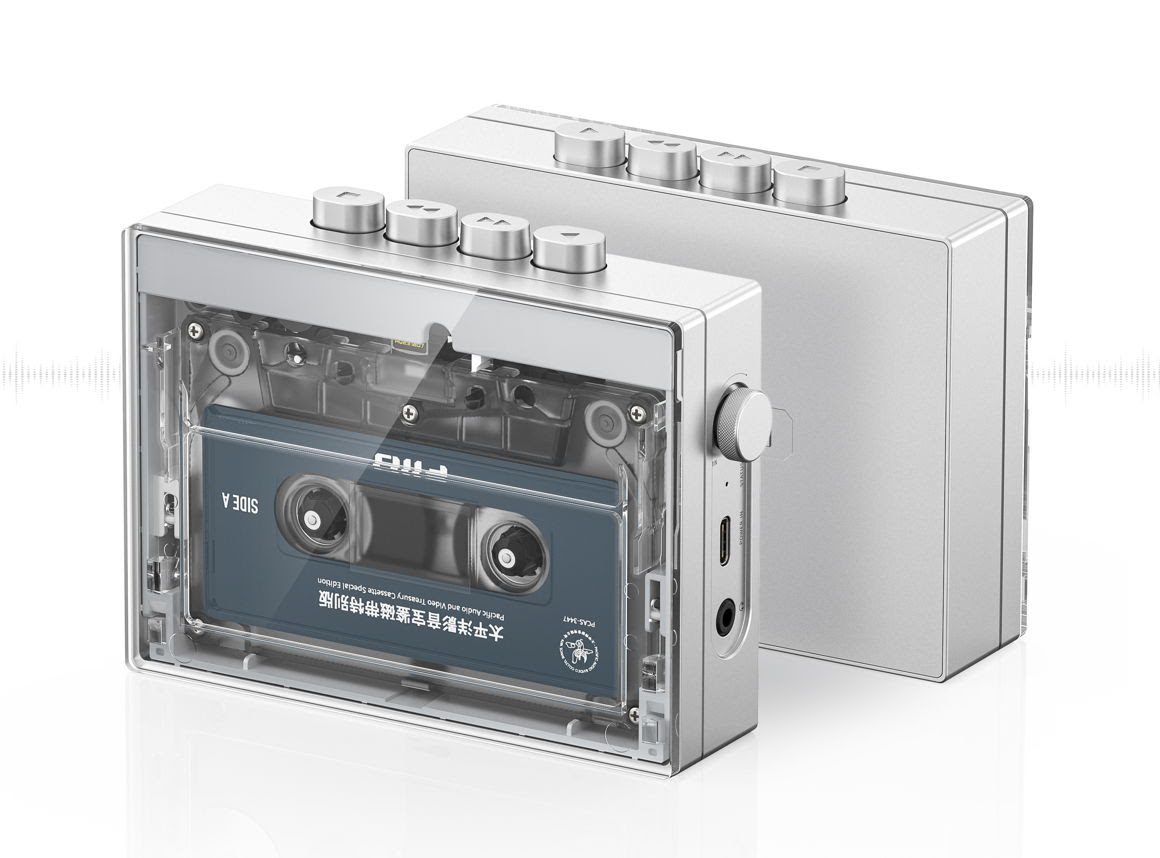
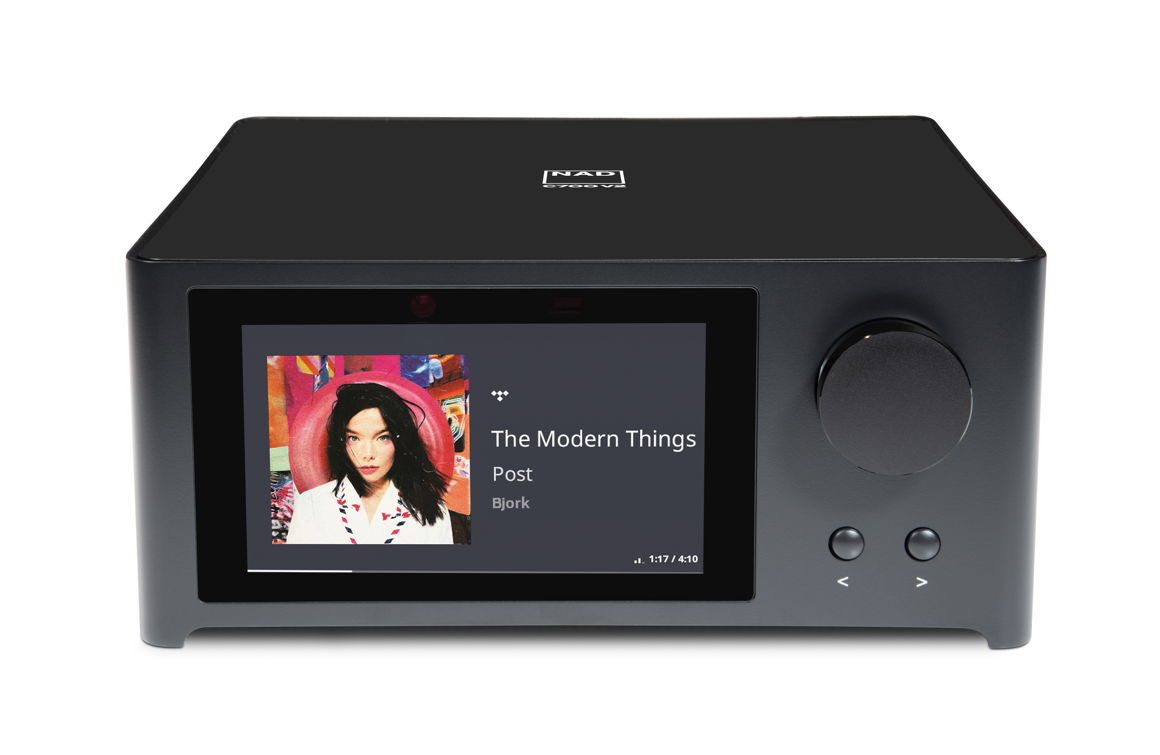
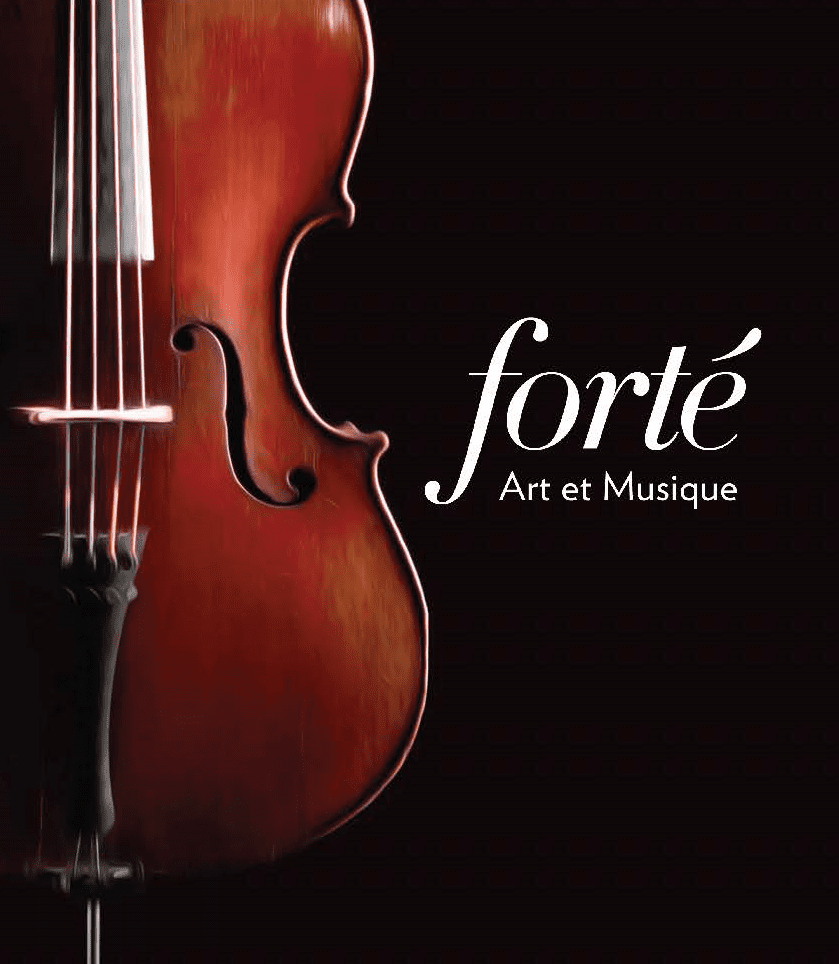


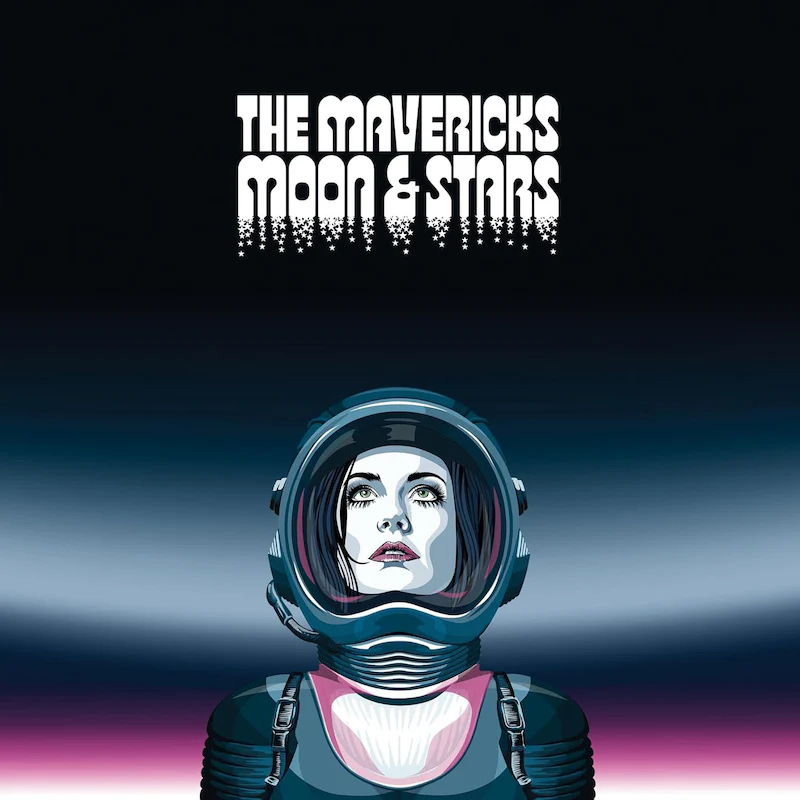
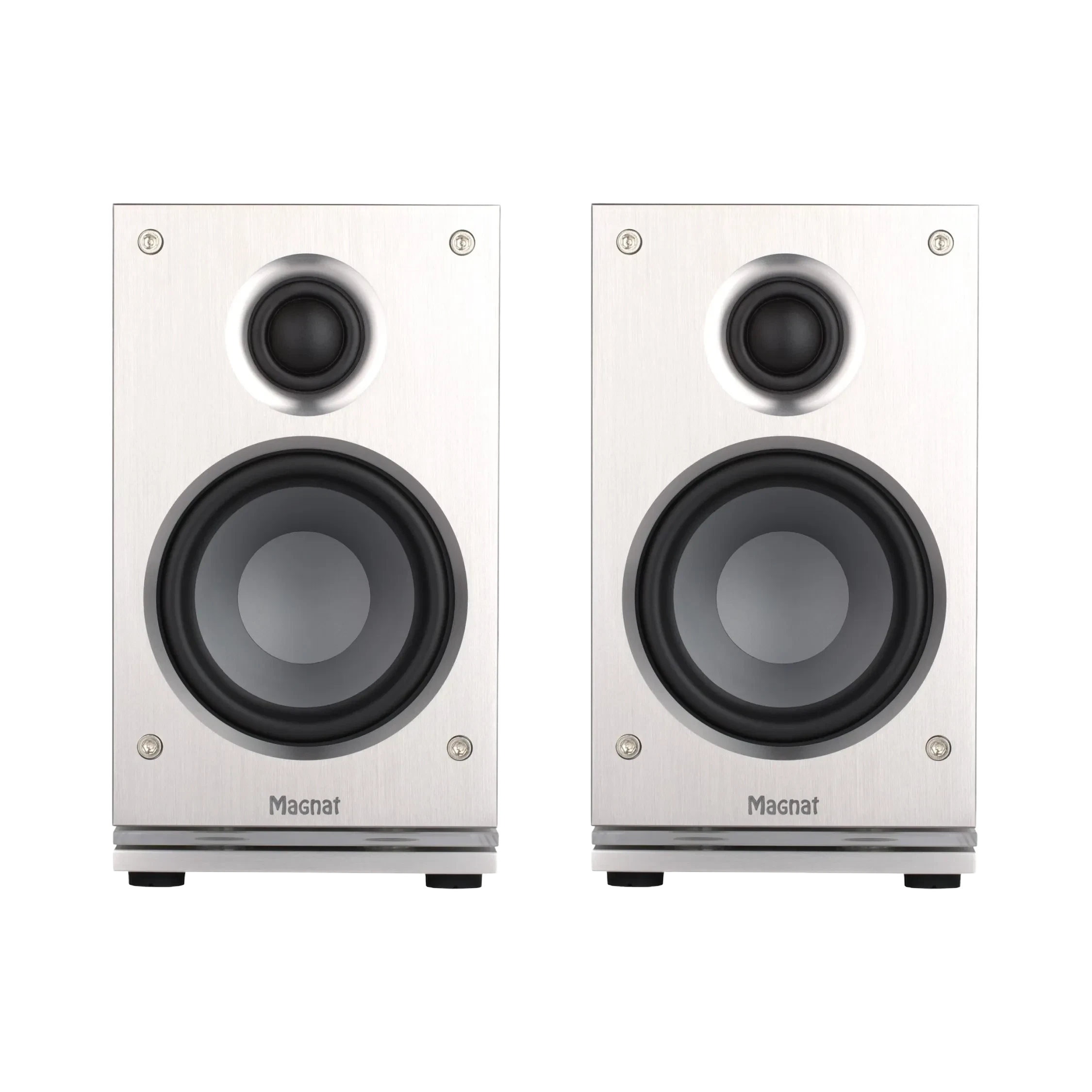
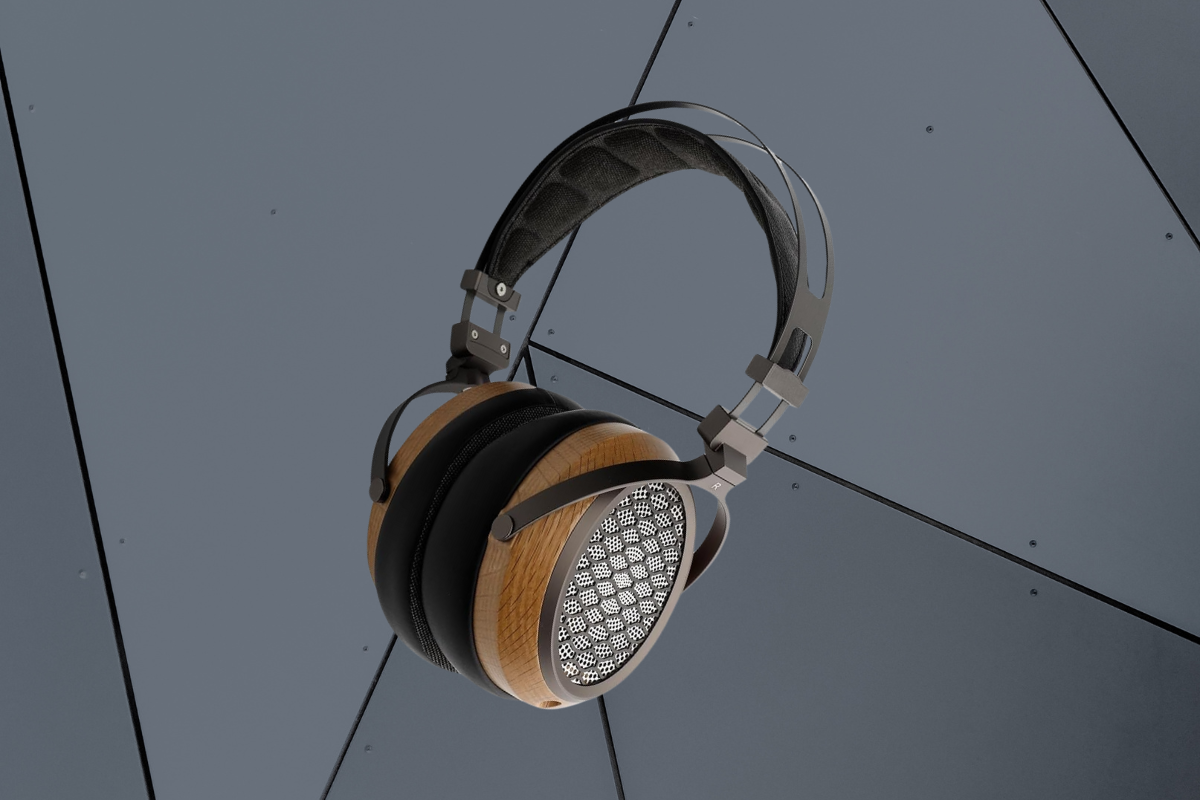
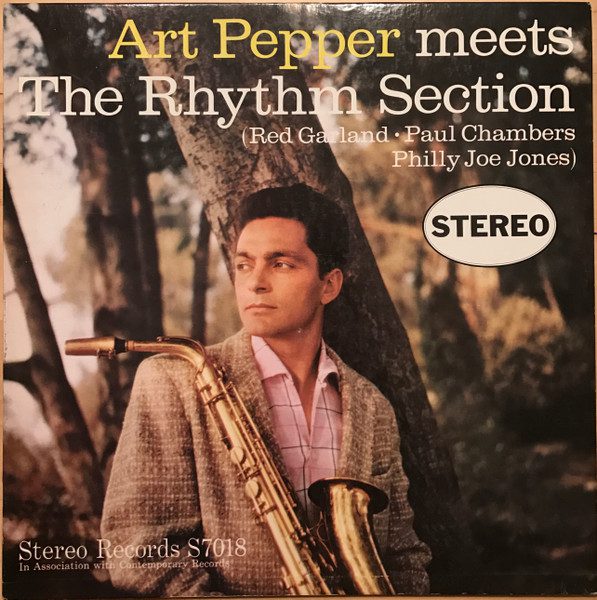
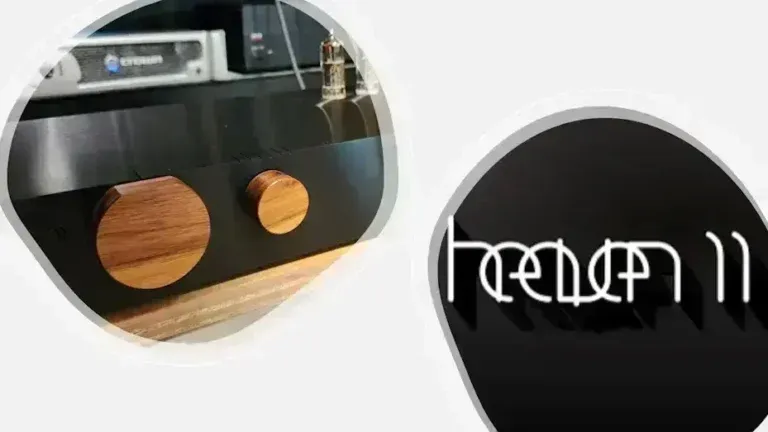
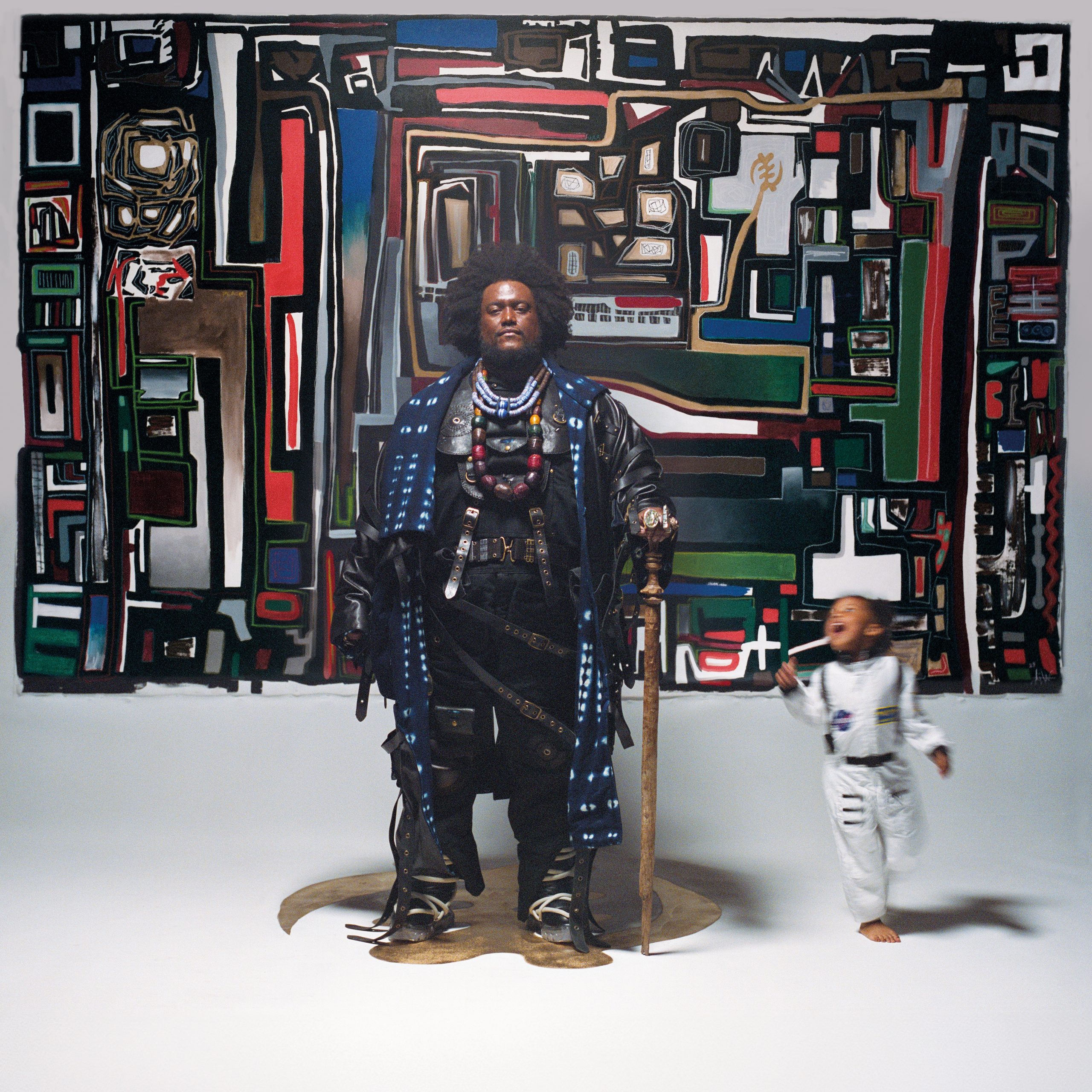
Leave a Reply